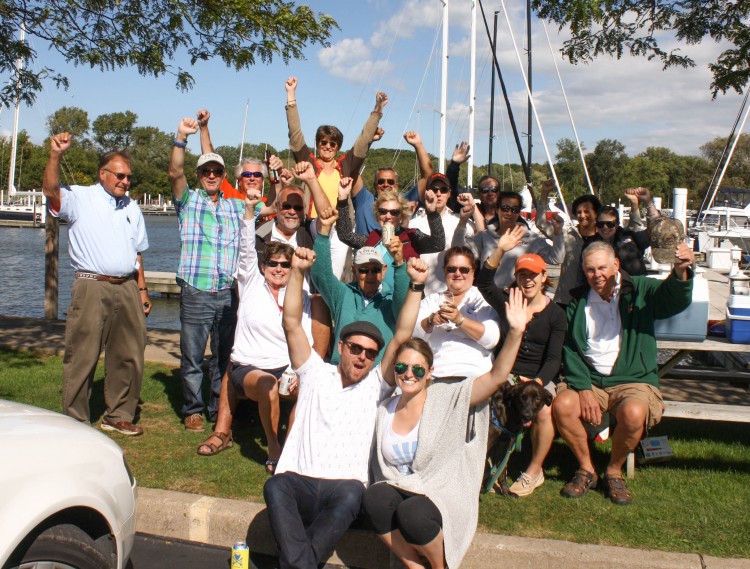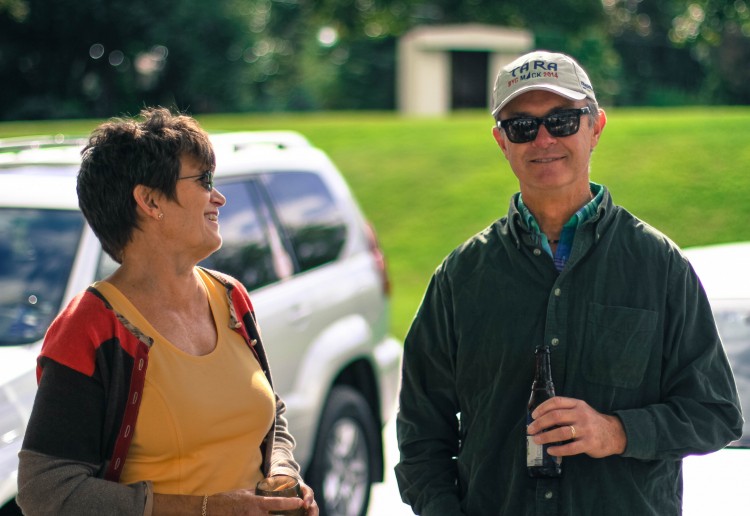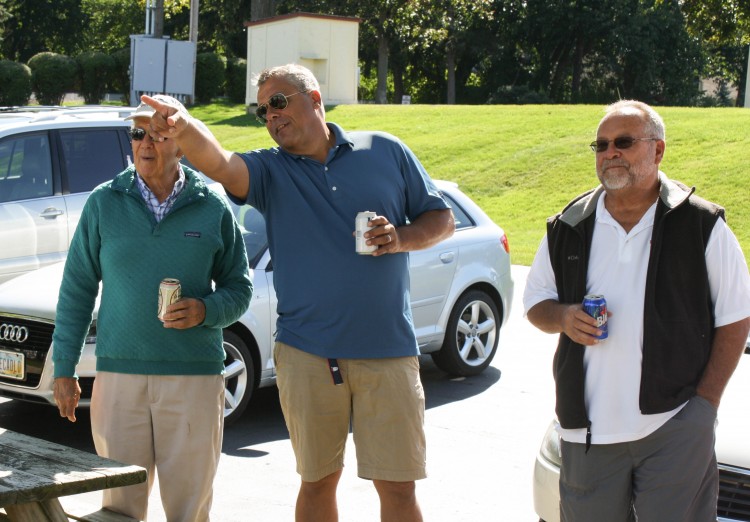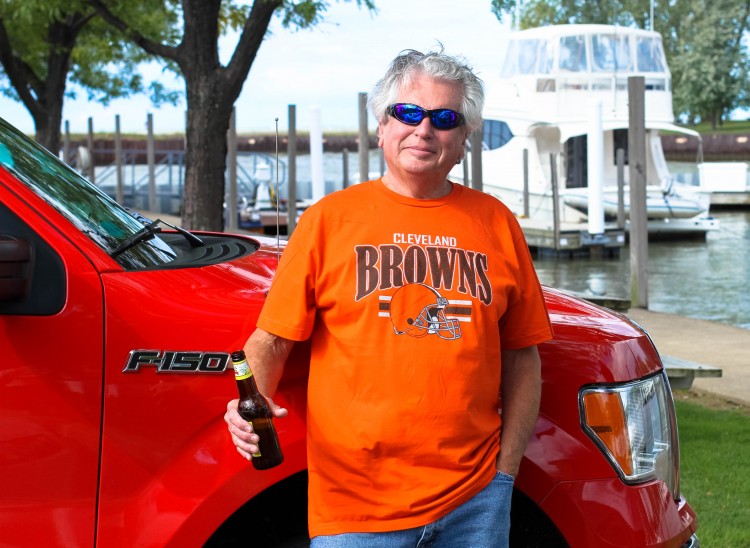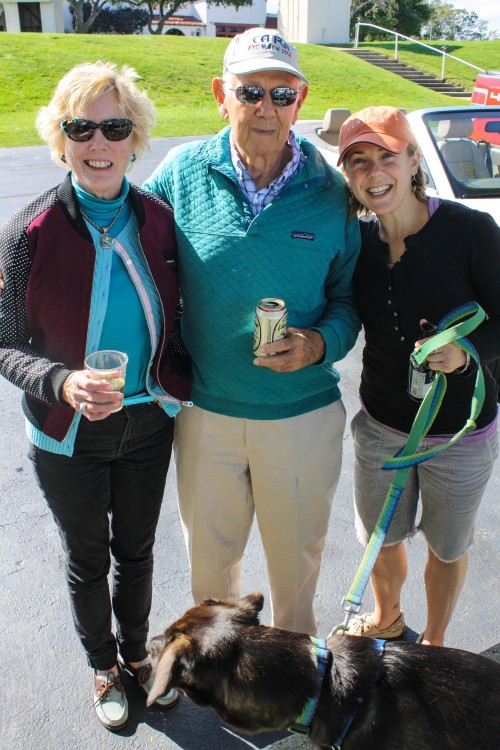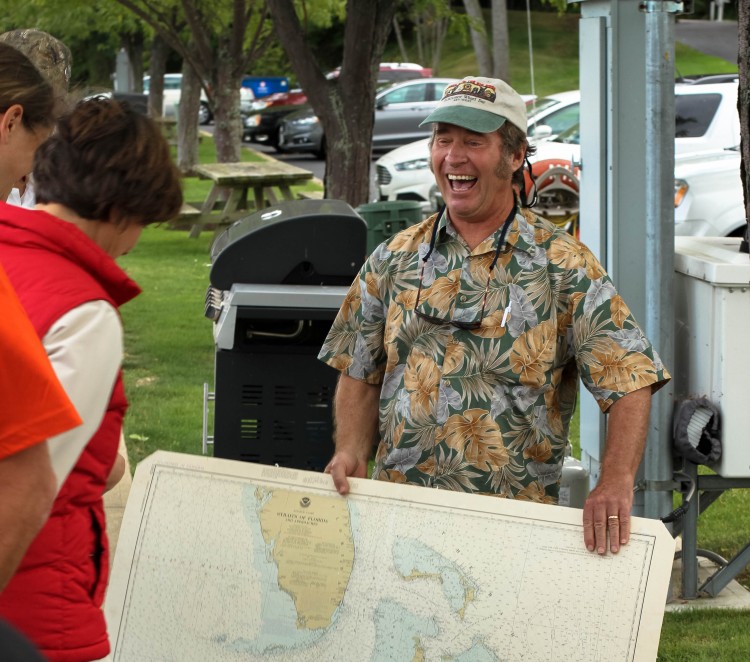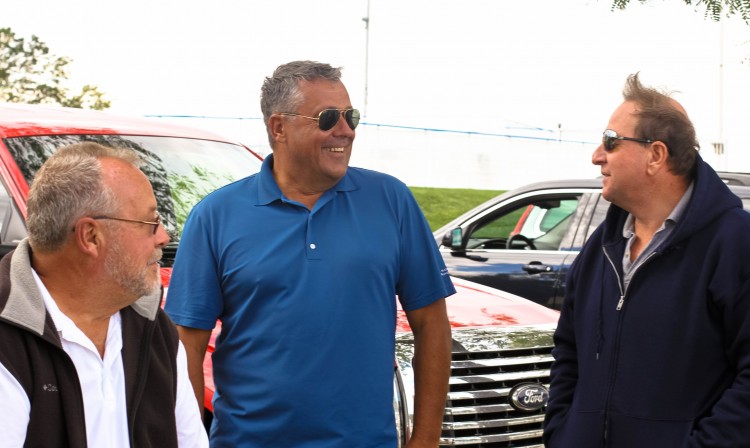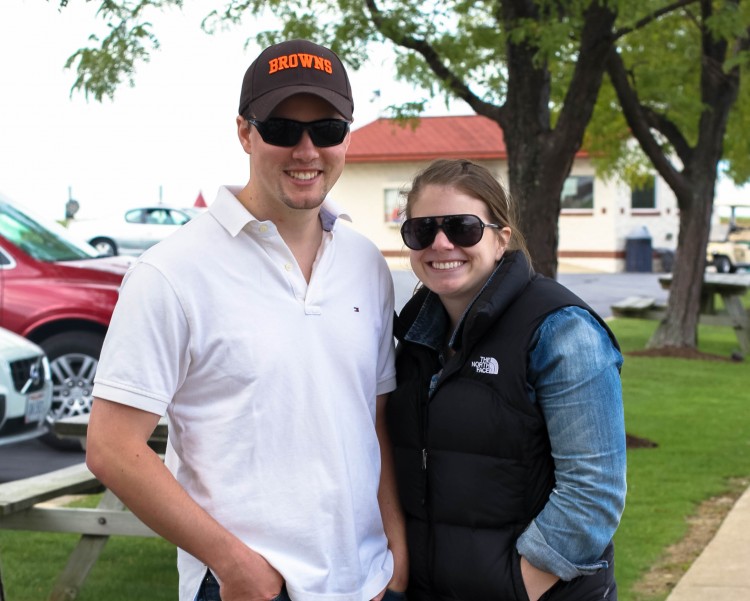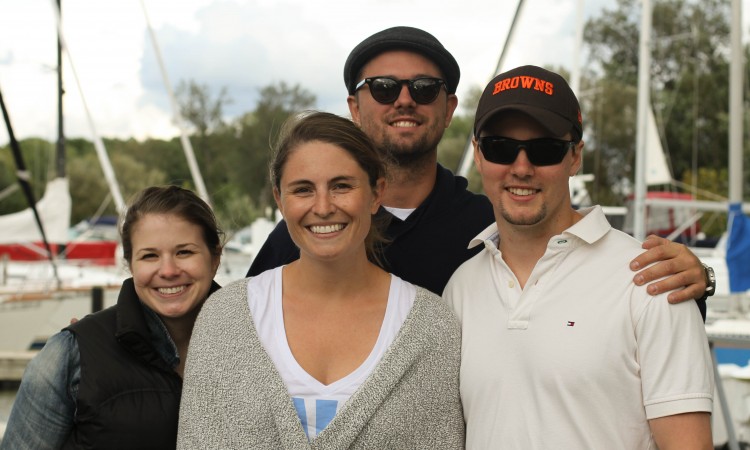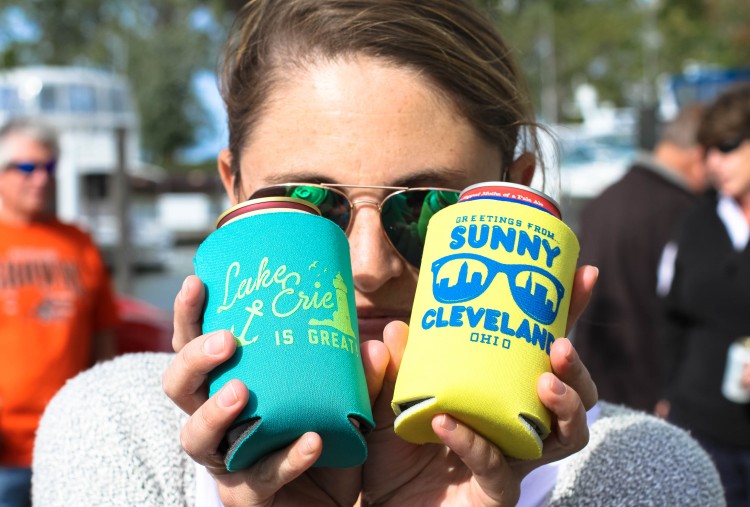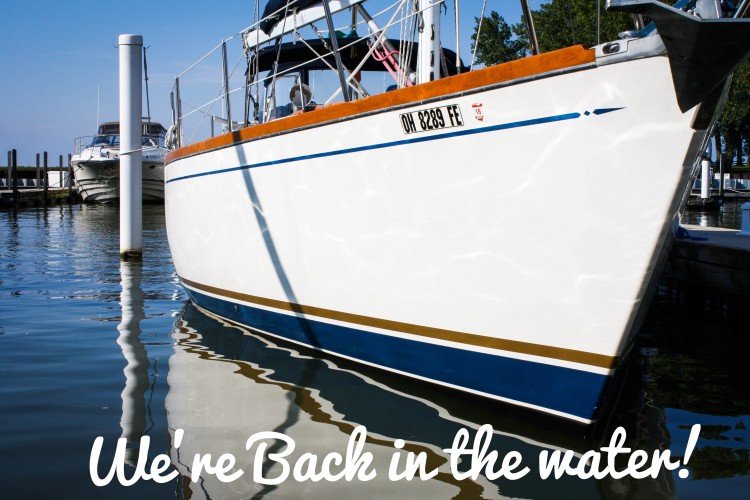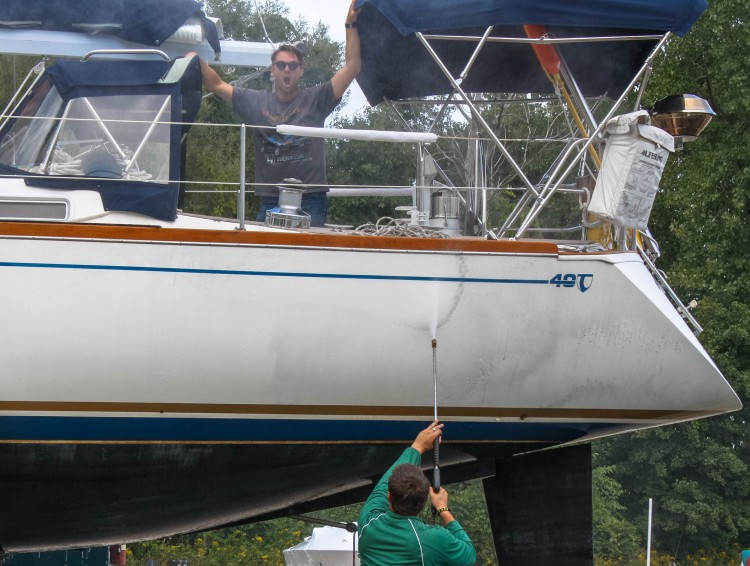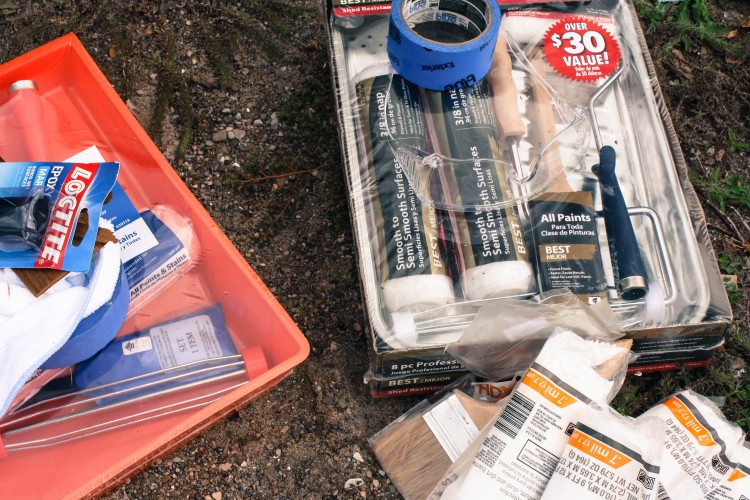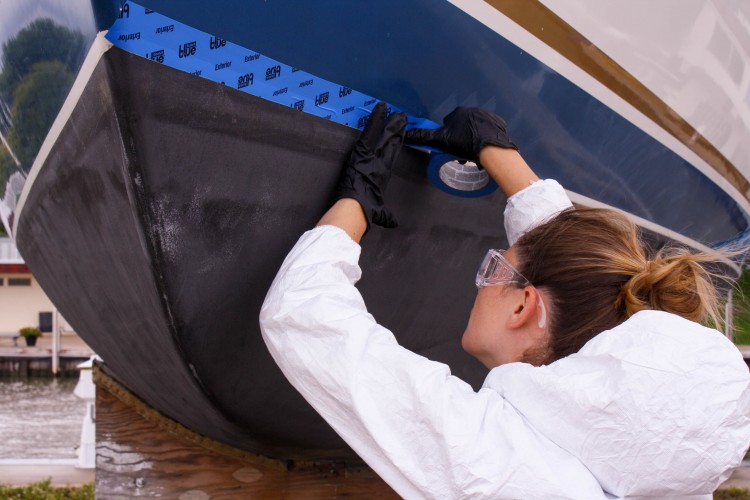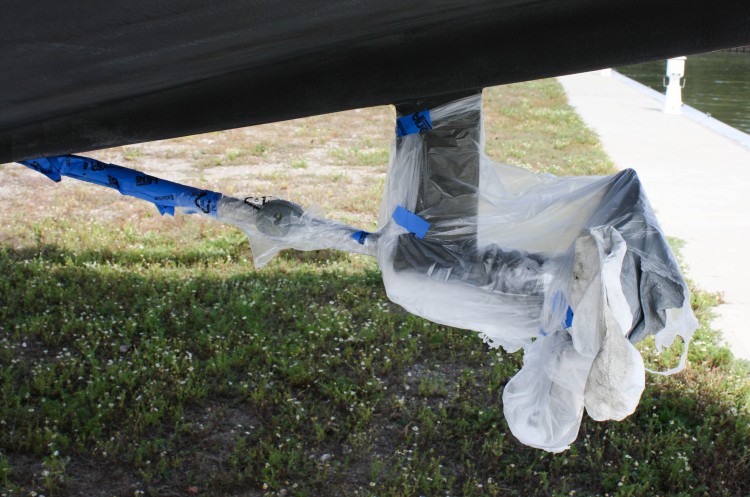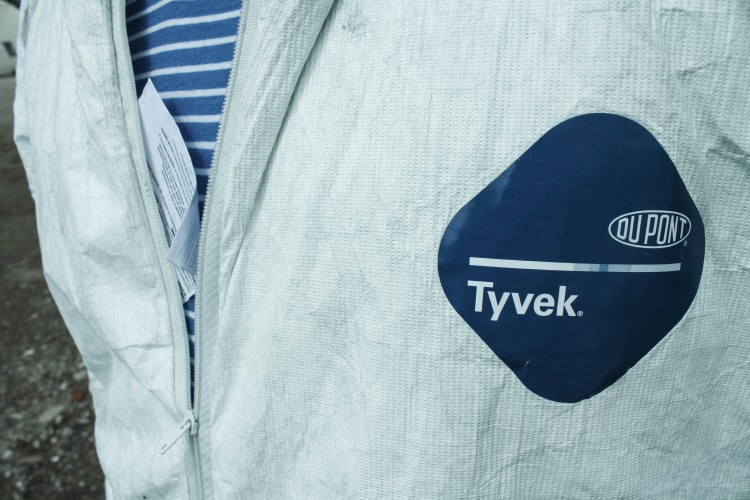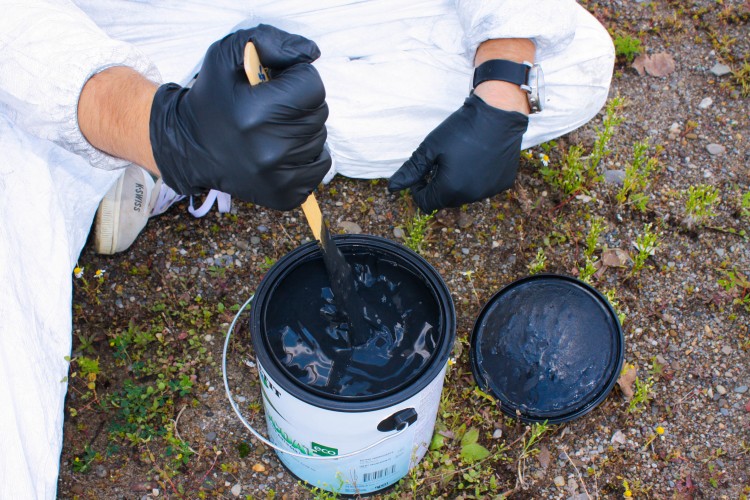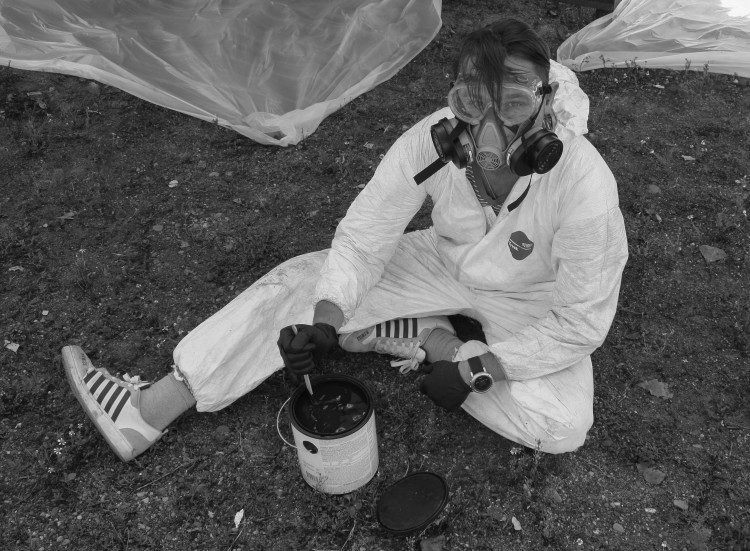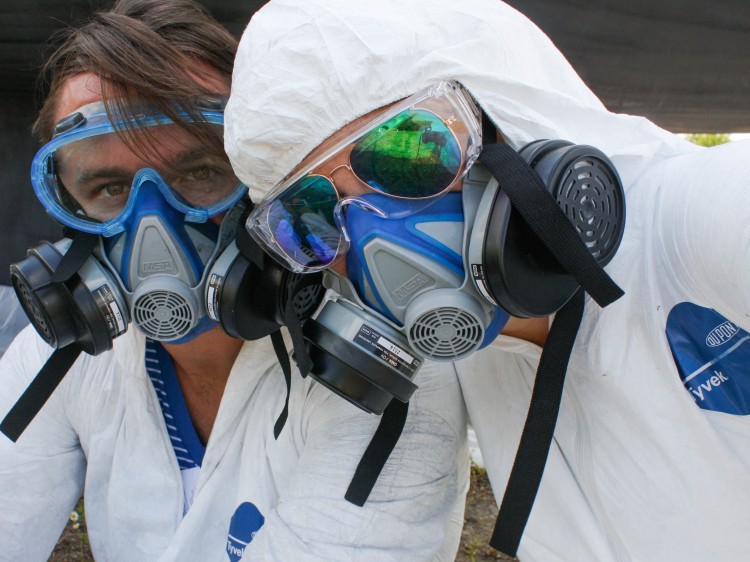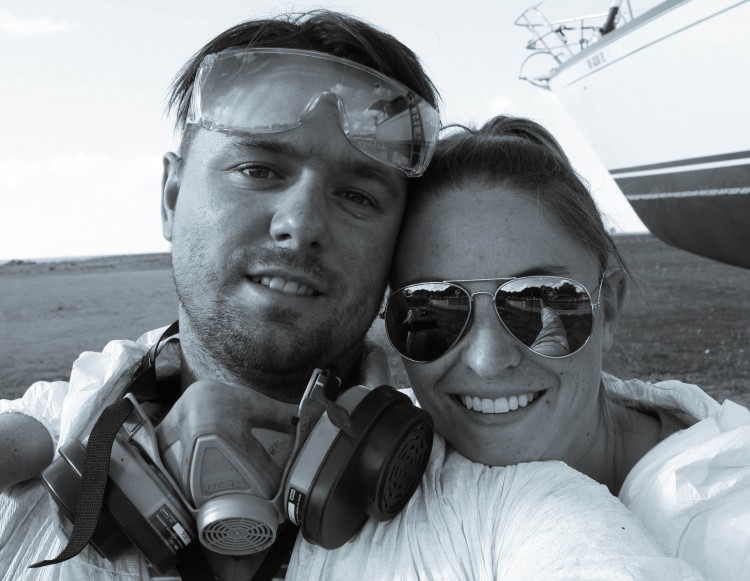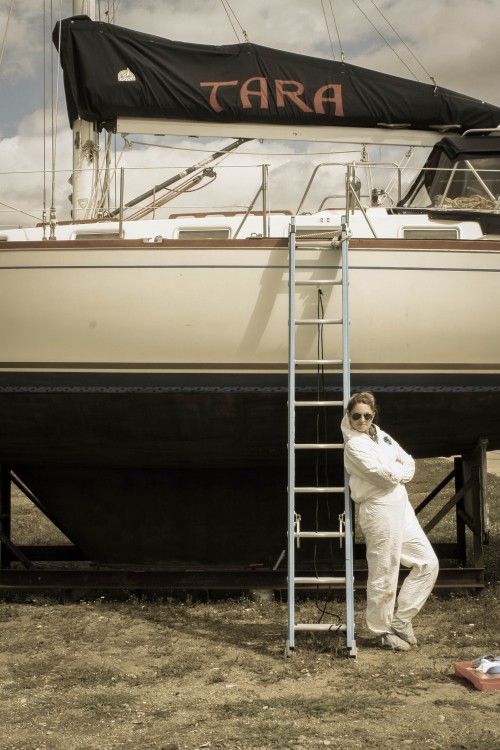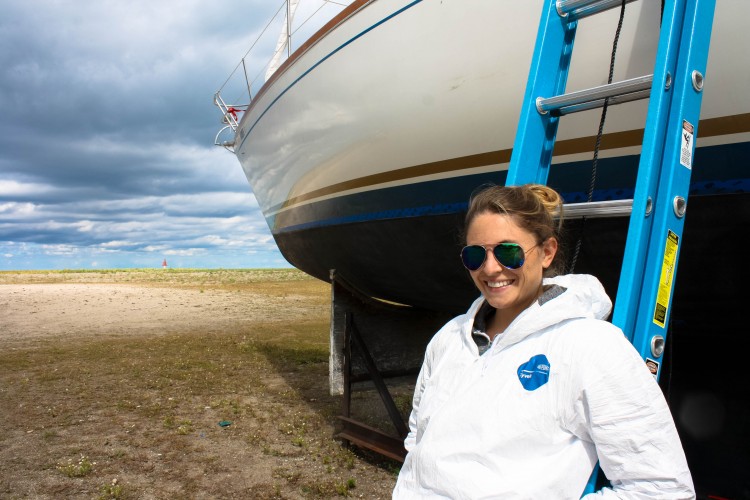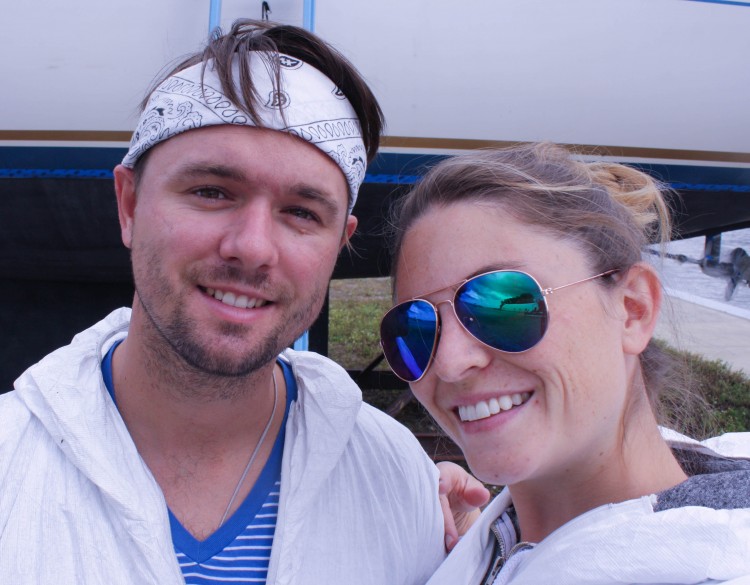Preface: Many people have asked us “what will you DO with all your time on this trip?”. It turns out, planning where we are going and how we will get there takes up a lot of it.
Here is our Buzzfeed Top 10 (ok, 13) list of “What we do”:
1) Wake up, check weather (NOAA marine forecast, passageweather.com, “civilian” wunderground), make coffee.
2) Check engine, bilge, rigging, fuel, etc. Put on sweatpants.
3) Check iPad charted route on Navionics app, make sure we can make it (considering we slept in an extra half hour and now only have 9 hours of daylight to go).
4) Pull up muddy anchor chain and get under way. Read Active Captain reviews about our prospective anchorage/marina and make judgements about the people reviewing them (“He said the ice cream was expensive, but a large portion, so overall a good value”).
5) Wipe sea spray off face and bungee down ipad after large wave breaks. Check NOAA forecast again to make sure the weather is not building.
6) Make lunch. Determine if it’s a light weather afternoon (beer with sandwiches?) or a heavy one with a tricky harbor to navigate later (no sandwich, no beer, just Cliff Bar)
7) Take turns steering and snoozing, watching out for other boats (“is that tug boat moving?” / “I think it’s actually a lighthouse”). Also, crab traps. Perhaps boaters should consider boycotting those delicious little crab cakes considering the pots are basically booby-trapping the entire Chesapeake bay.
8) Start checking your watch, boat speed and chartplotter ETA compulsively at 3pm, knowing that you have a 2 hour window to make it in to harbor, find a spot to anchor and get all sorted out before it gets dark.
9) Turn on engine and speed up, growing increasingly hungry, cold and anxious to arrive on time. Realize you’re now going against the current and have slowed down 1 knot. Rev up.
10) Spend 20 minutes motoring around at a walking pace, arguing over which spot to anchor in (“when is low tide again? depth sounder reads 5 feet…”). Commit to one, set the anchor, and crack a beer. Use a coozie (to keep your hands warm). Enjoy the sunset for about 10 minutes then realize it’s now early November and freezing cold – go down below and make the early bird special.
11) Check weather again before 8:30pm bedtime, plot out tomorrow’s route and anticipated anchorage/marina and get a good nights sleep.
12) Wake up to howling wind at 1am. Check NOAA weather. Check anchor. Check landmarks around you. Convince yourself you’re not slipping. Go back to bed. (Still wake up frequently to check all those things again)
13) Finally fall asleep as the weather calms. Wake up to a gorgeous sunny fall day on the Chesapeake Bay, knowing you’re headed south towards warmth and mai-tai’s.
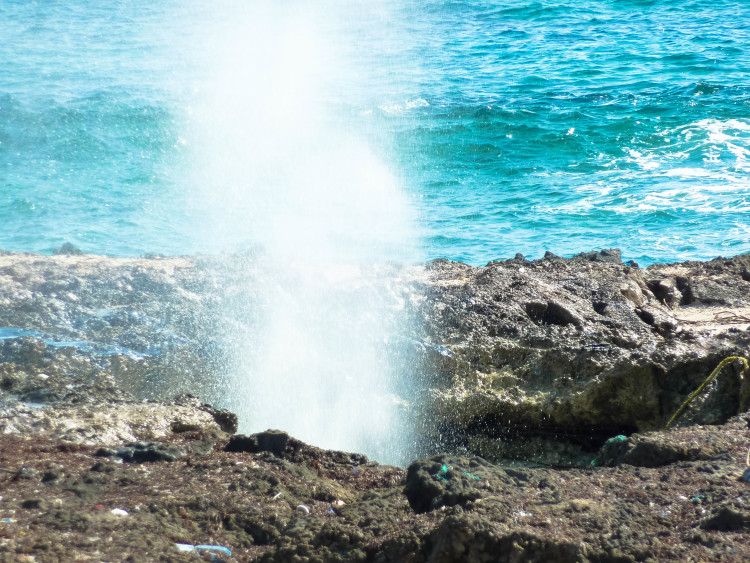
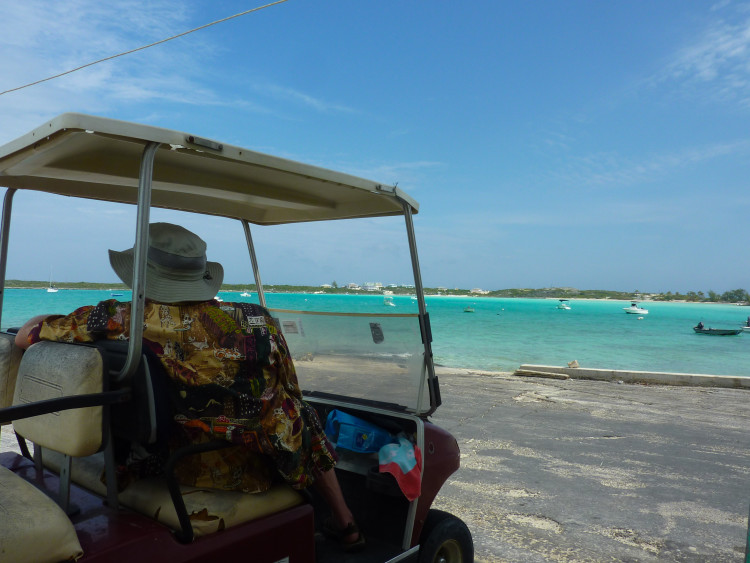
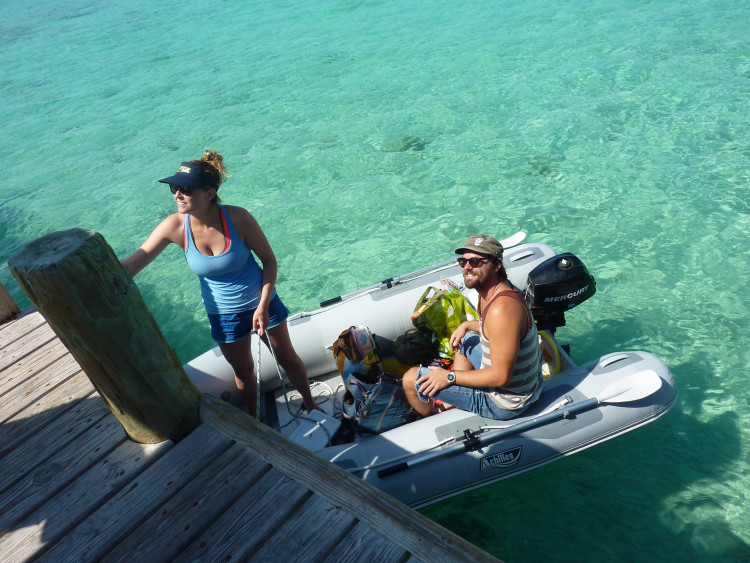
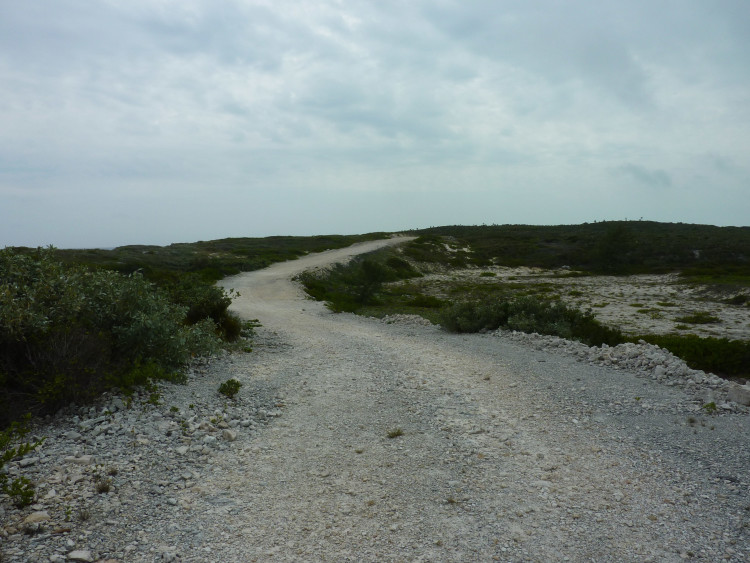
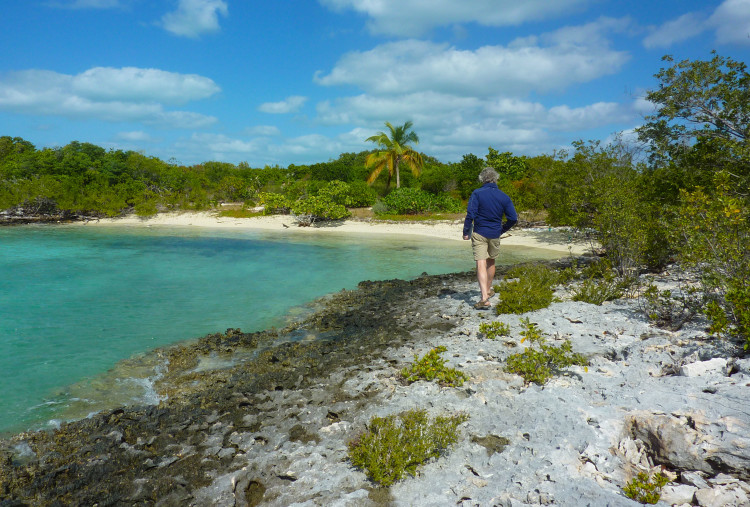
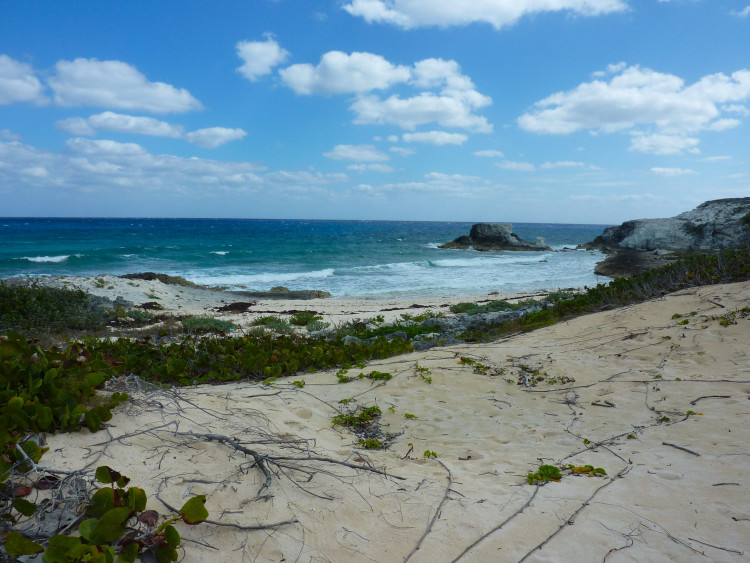
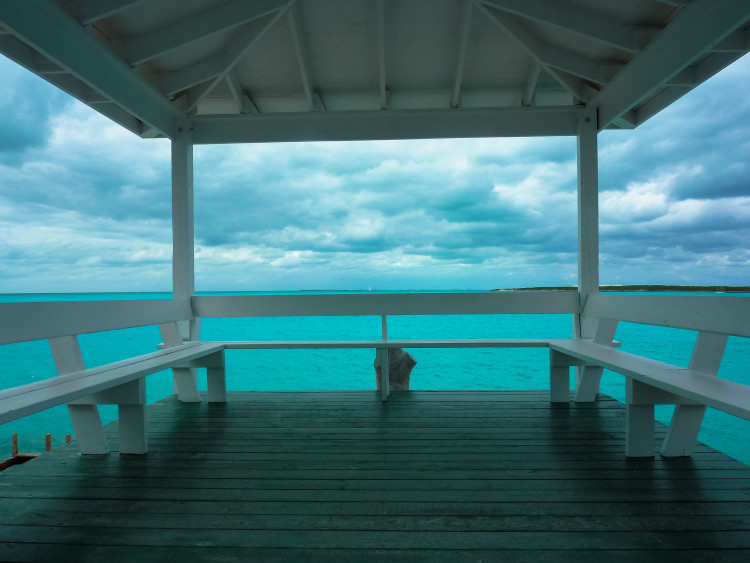
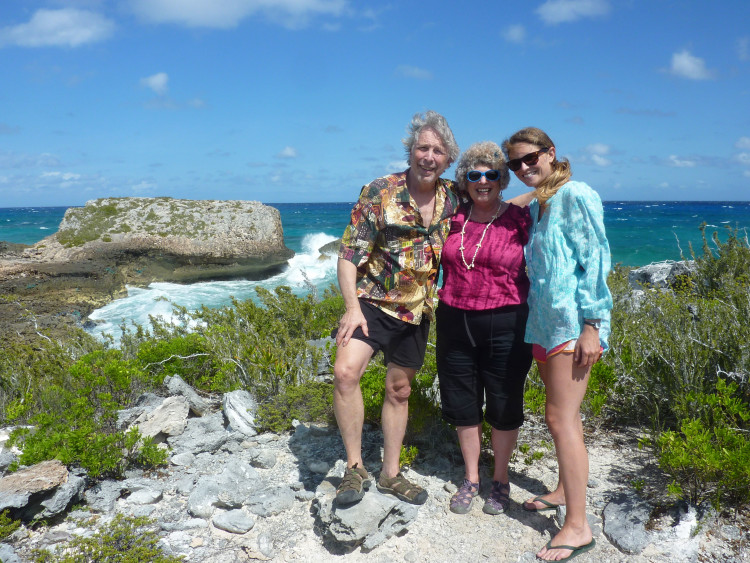
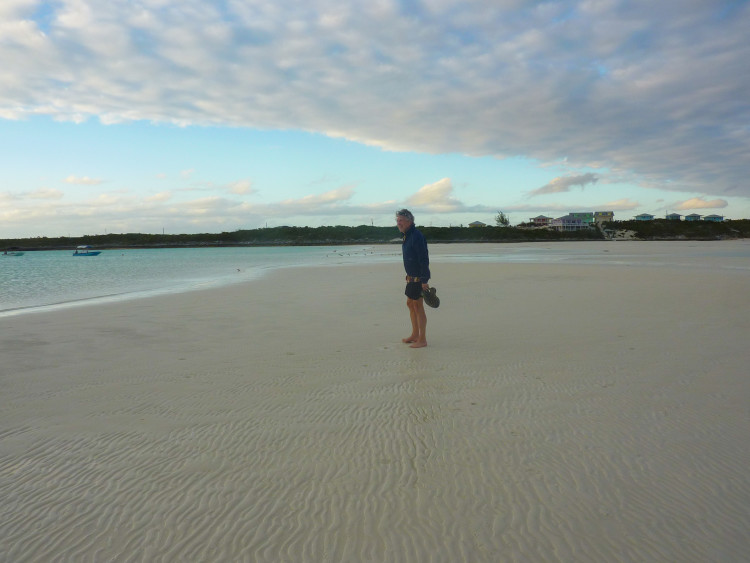
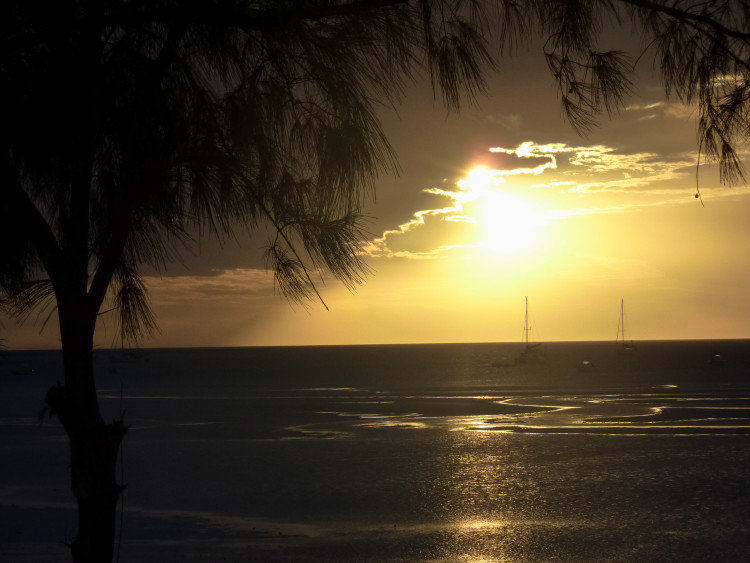
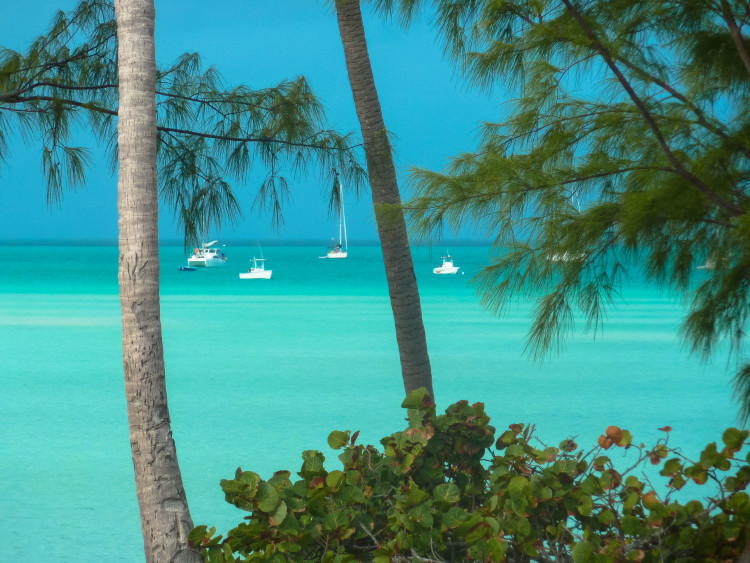
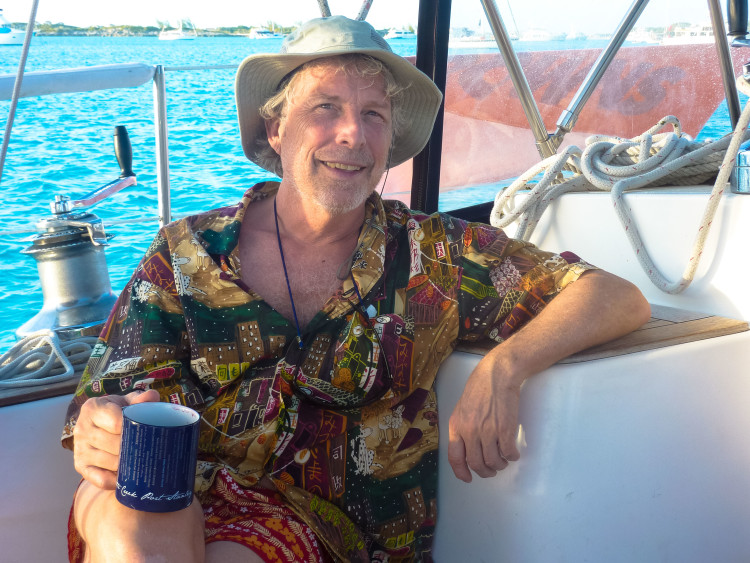
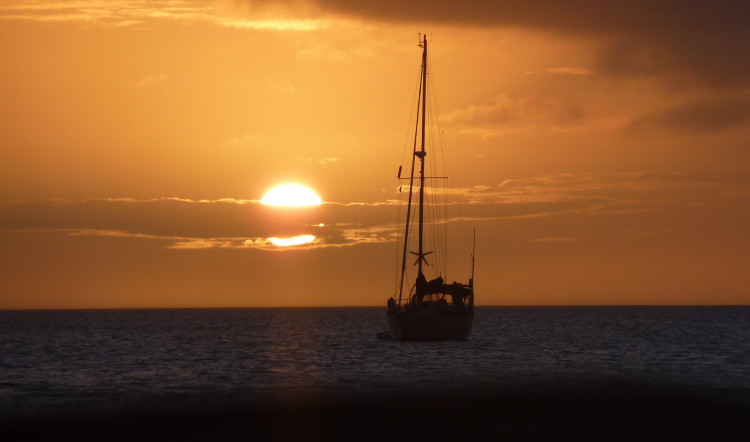
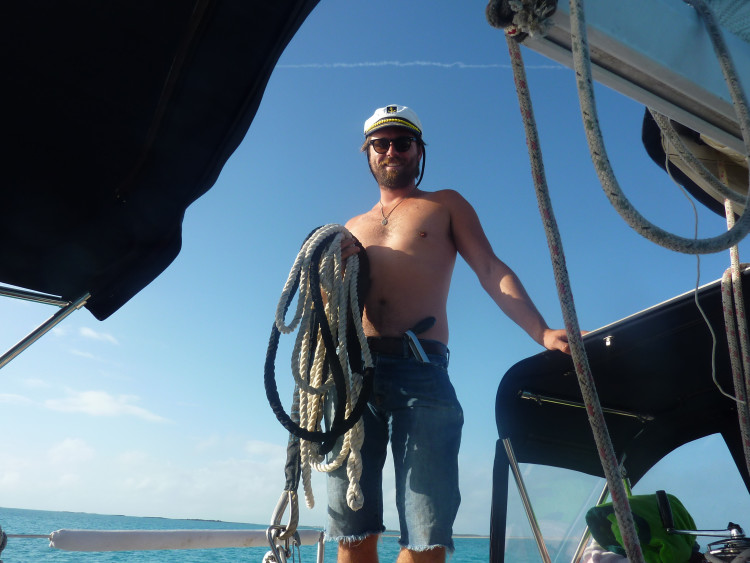
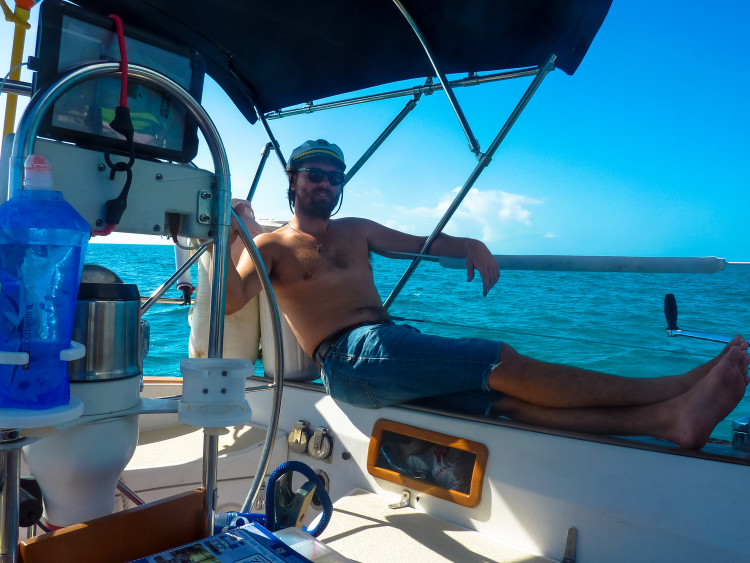
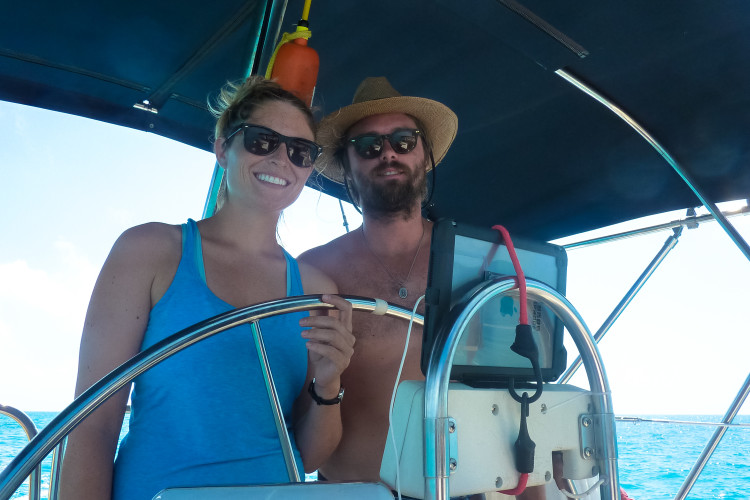
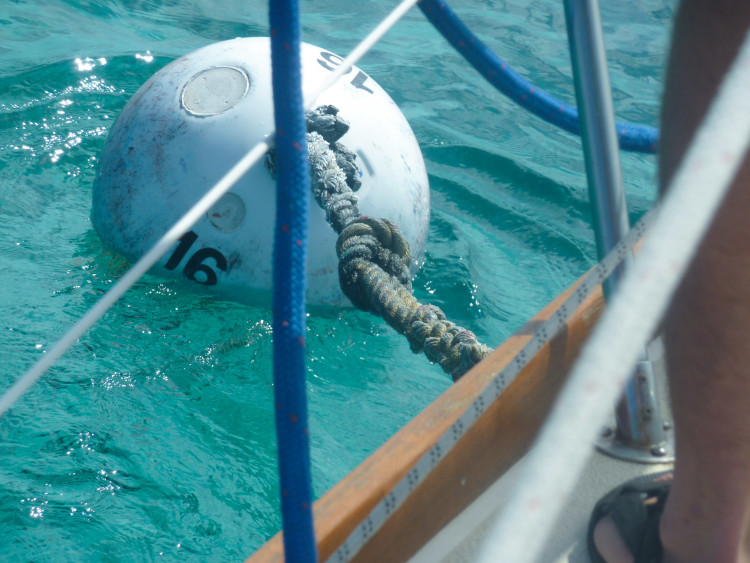
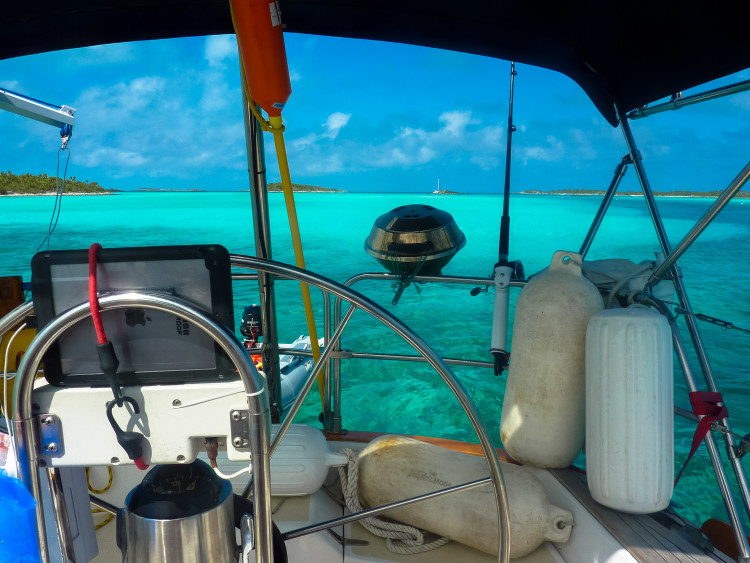
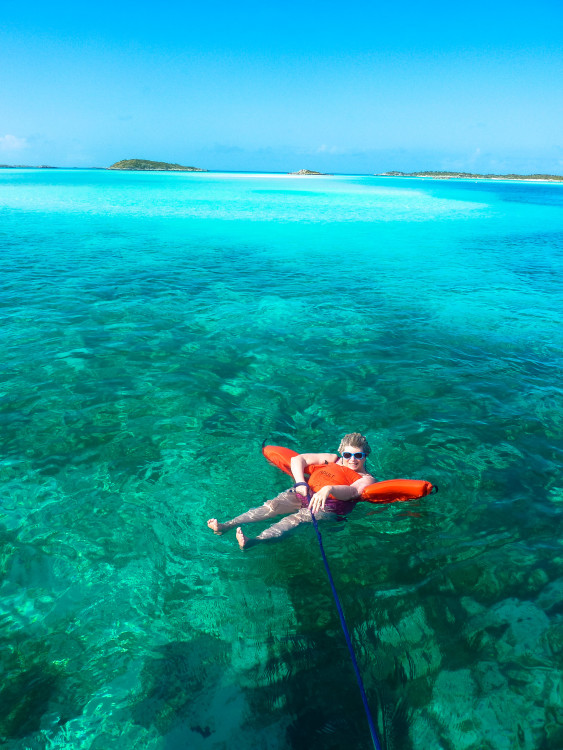
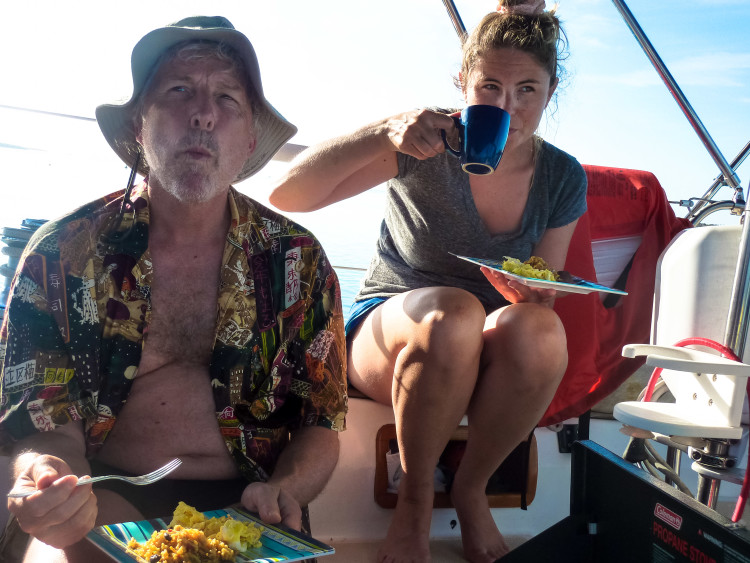
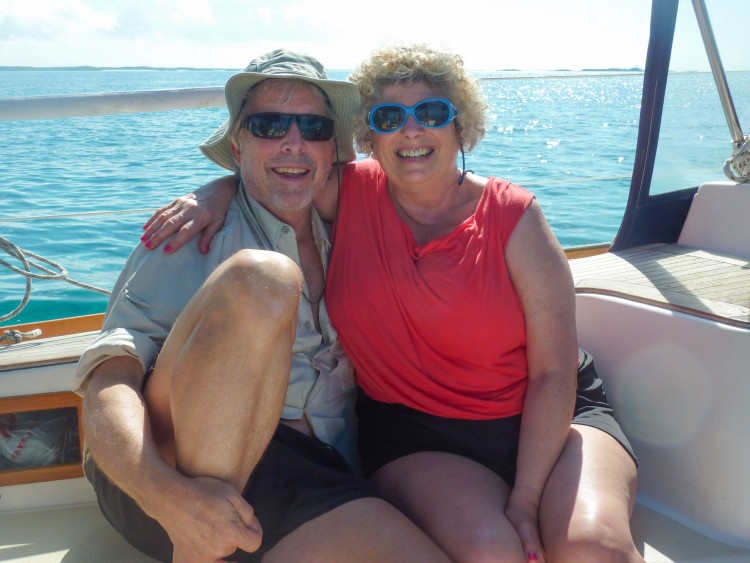
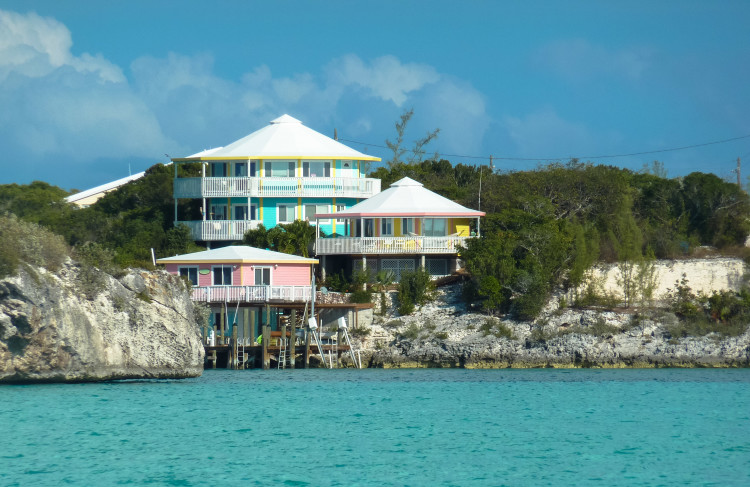
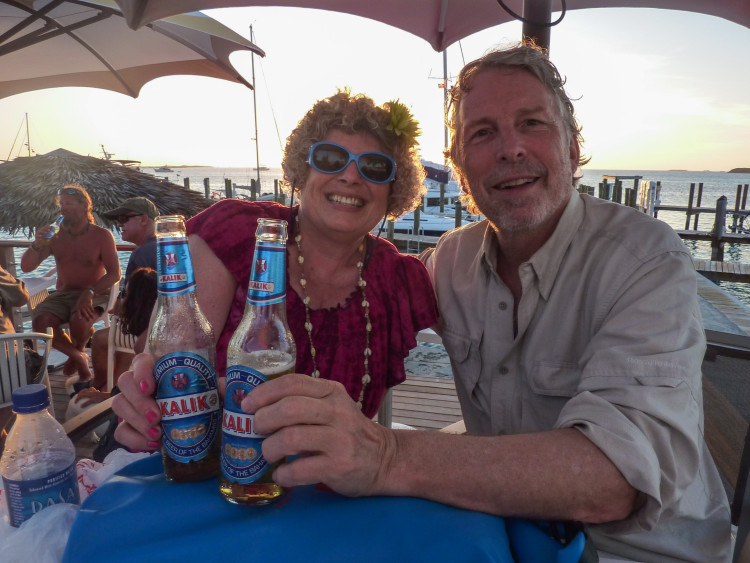
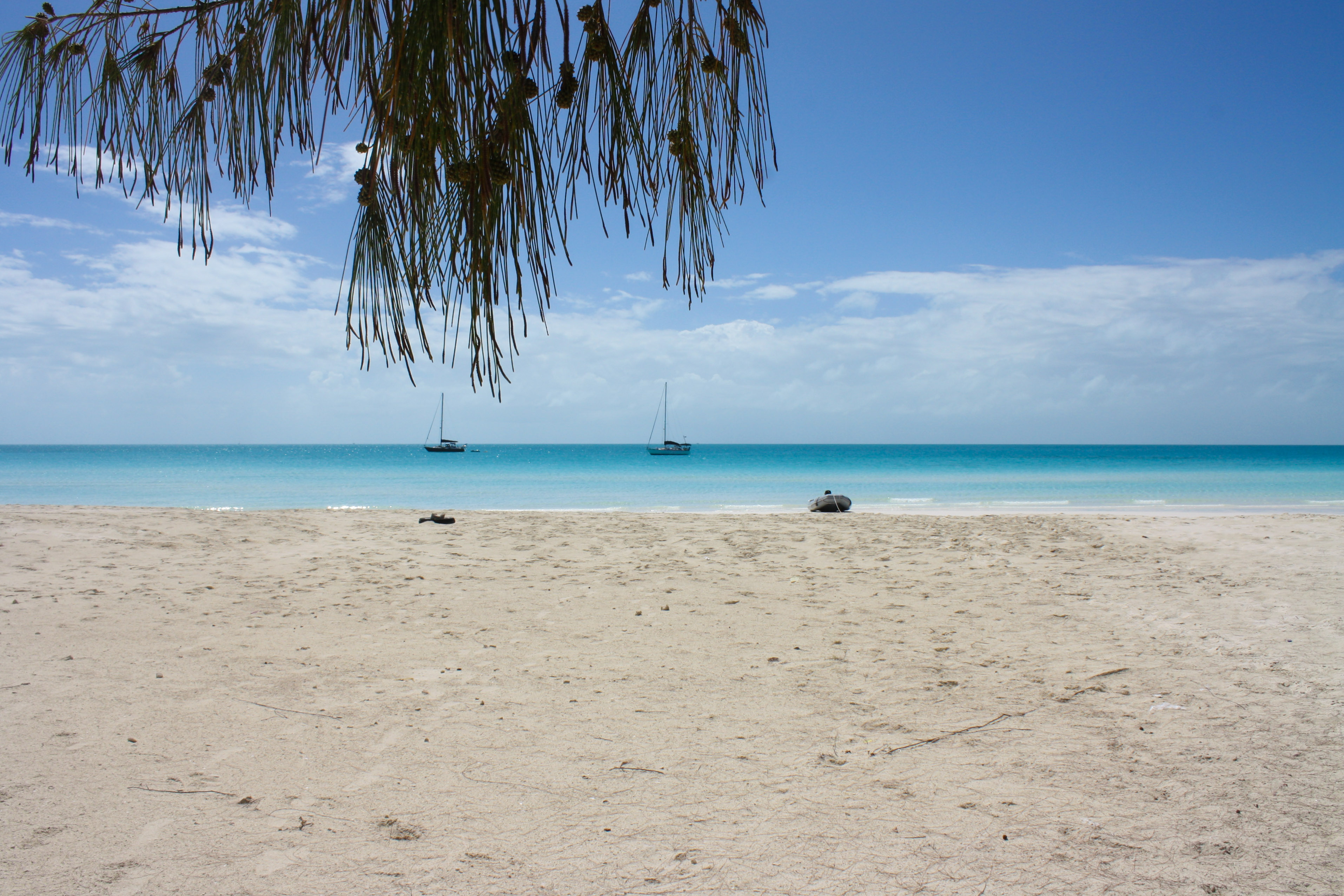
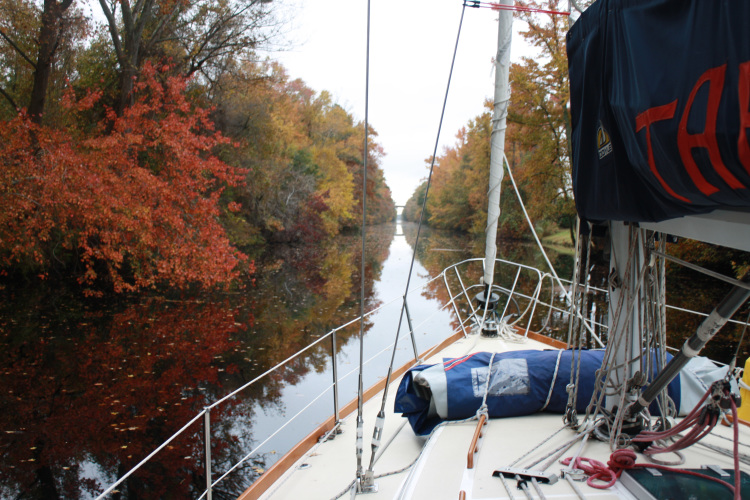
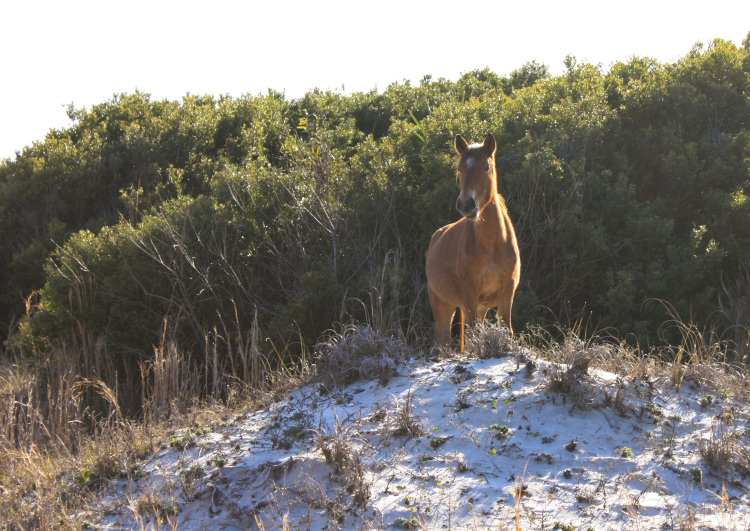
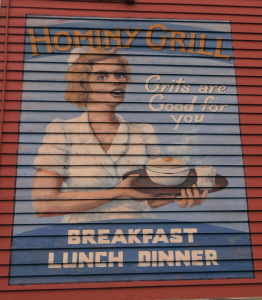
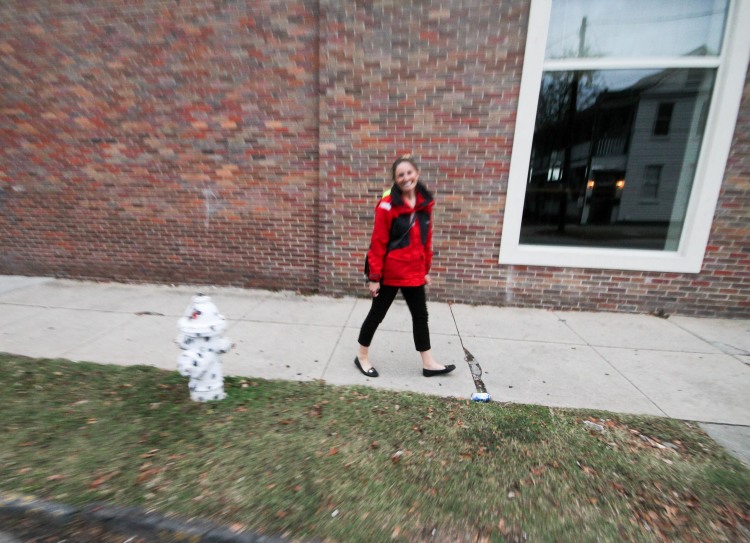
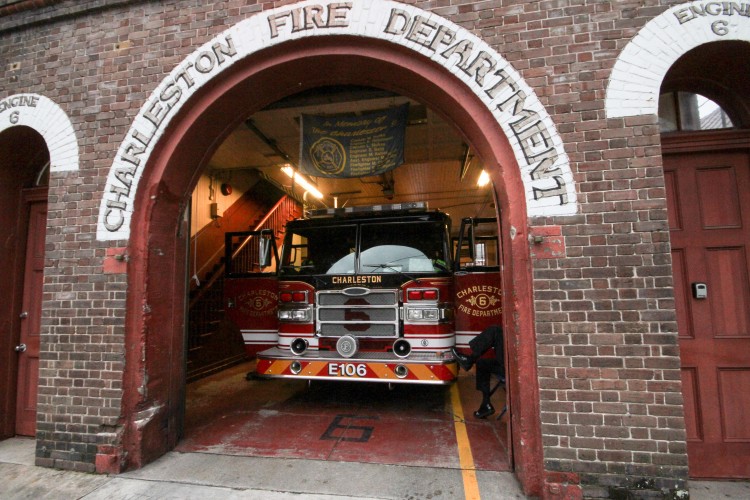
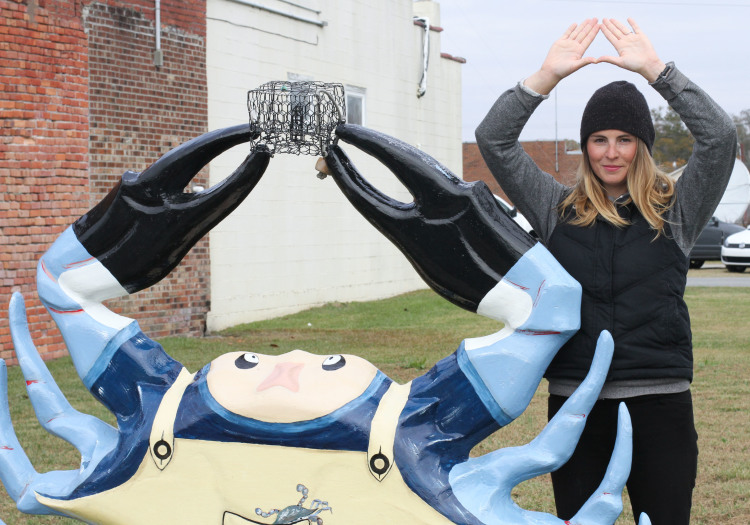
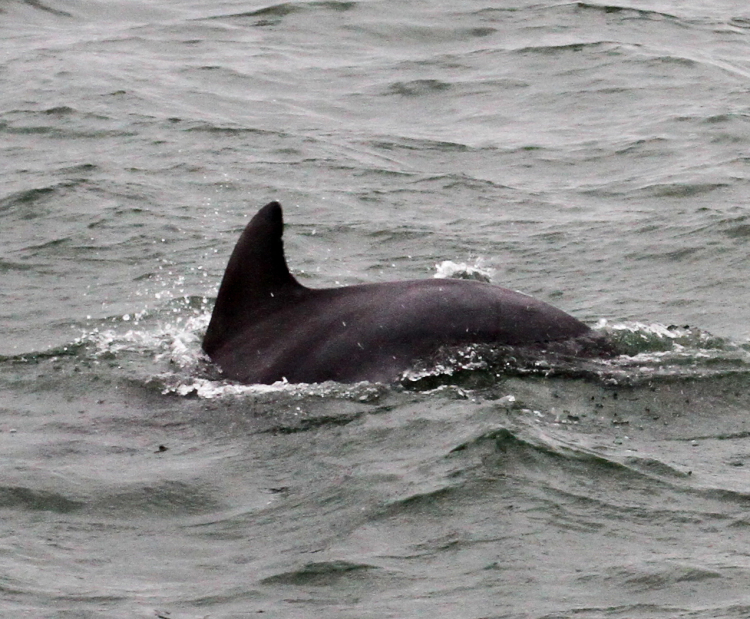
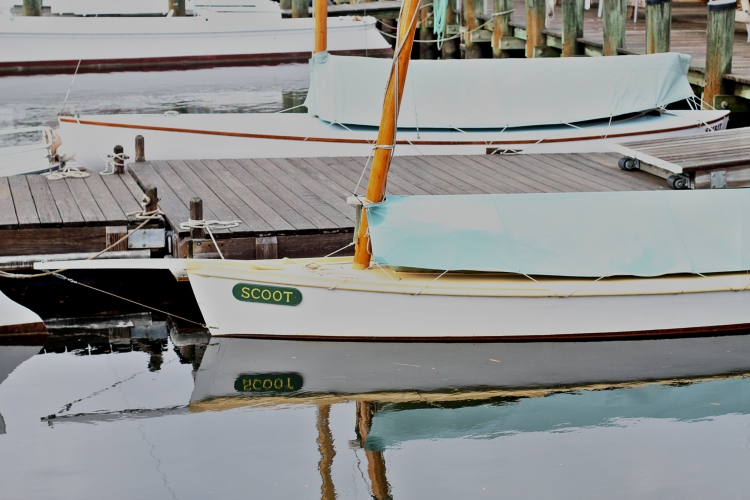
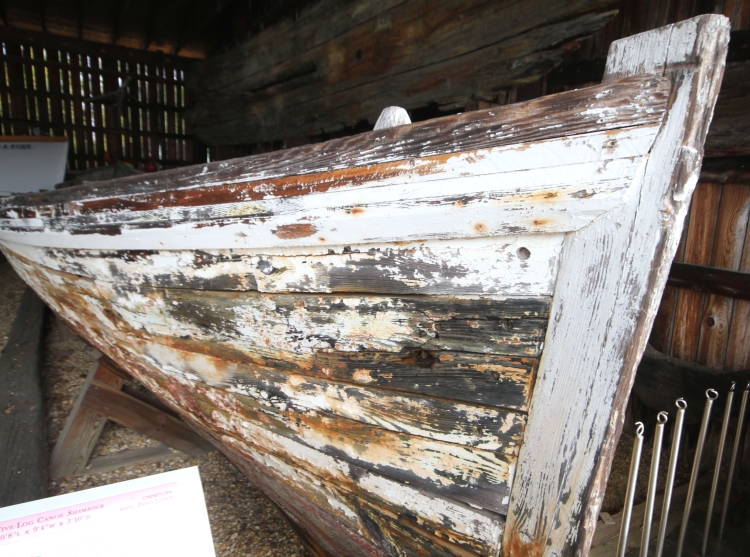
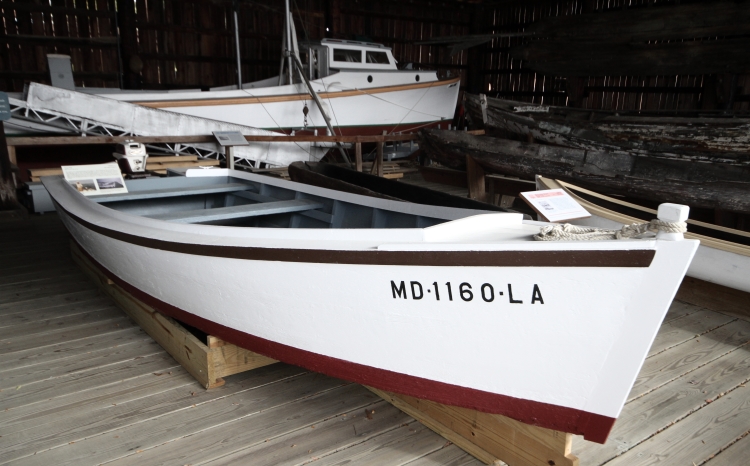
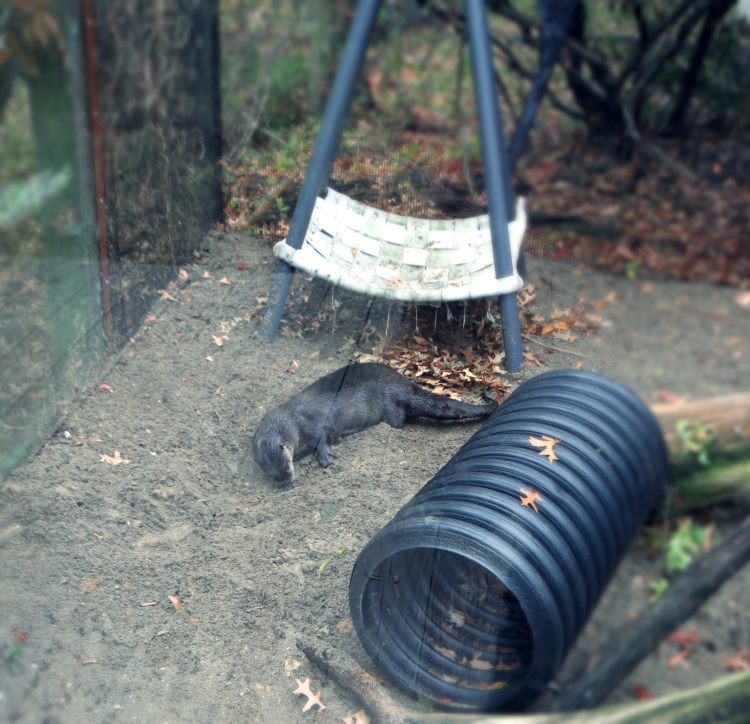
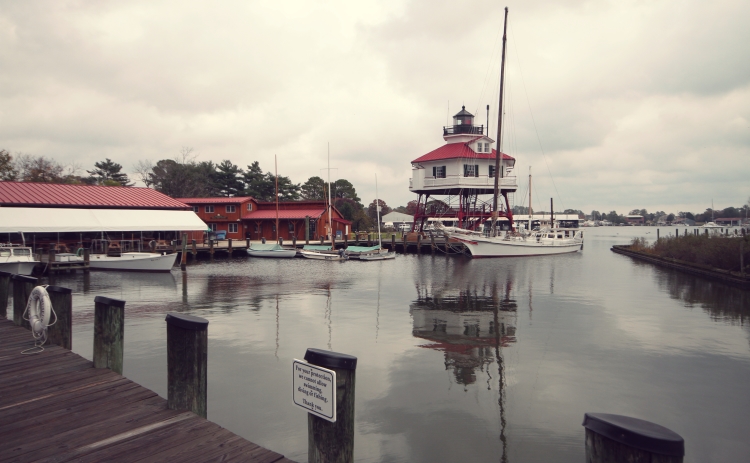
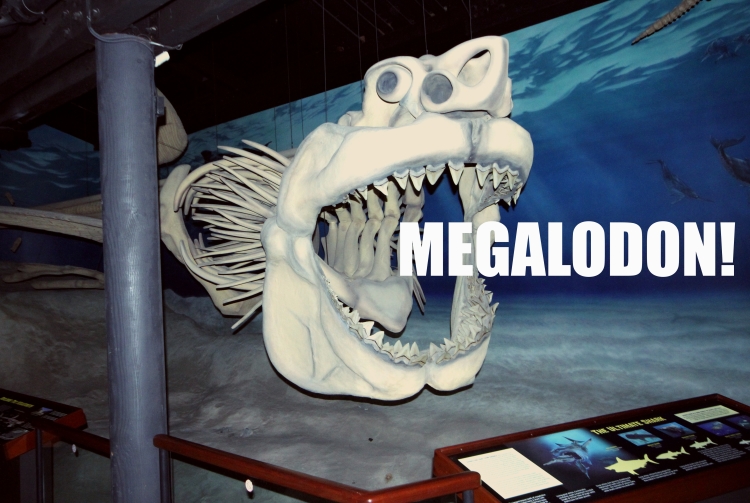
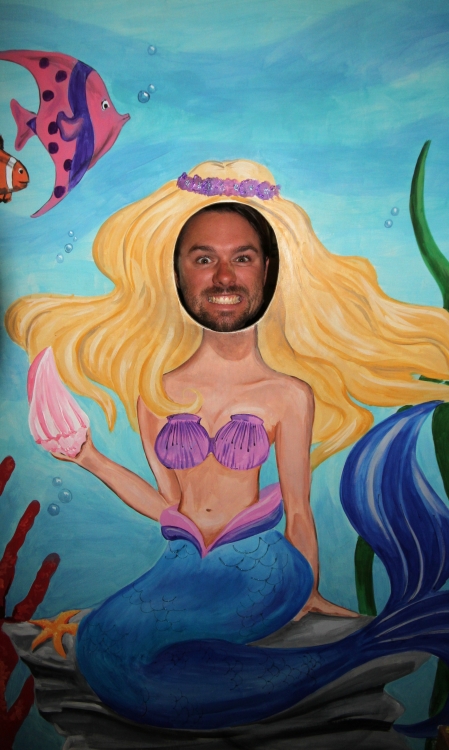
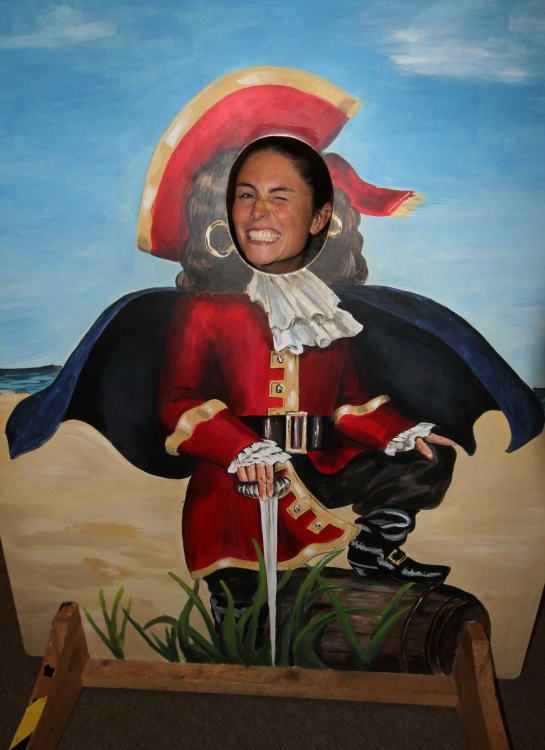
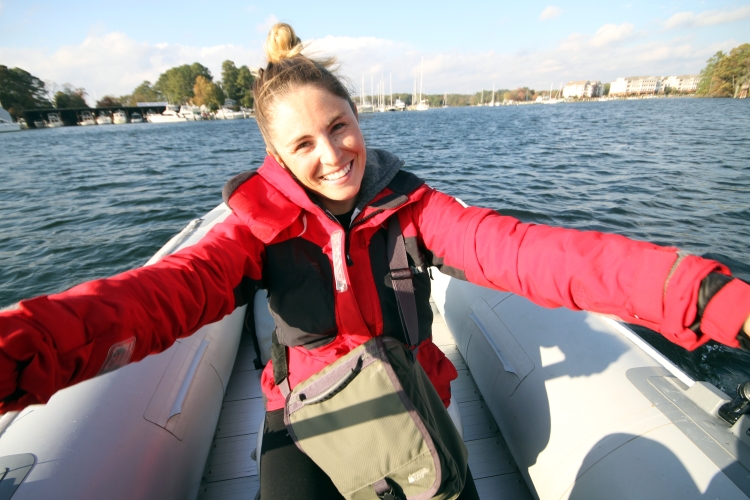
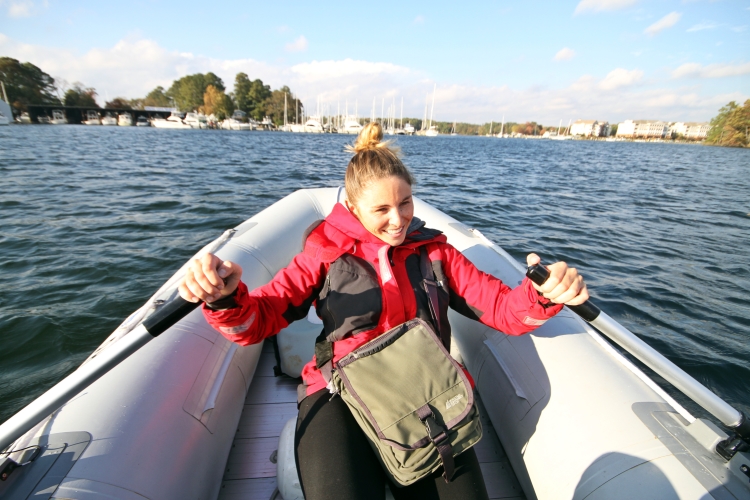 I do all the rowing around here* (*JK – we’re equal opportunity rowers)
I do all the rowing around here* (*JK – we’re equal opportunity rowers)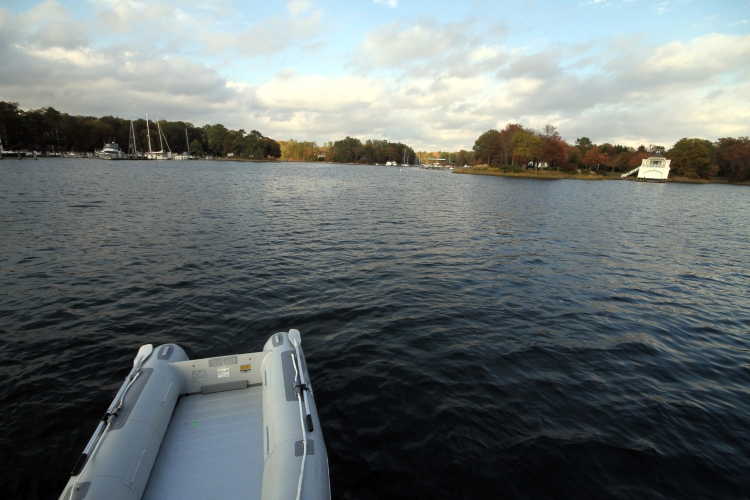
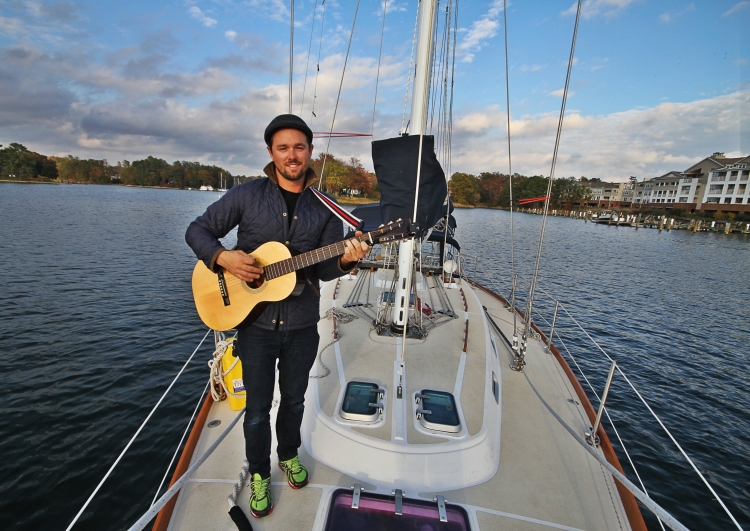
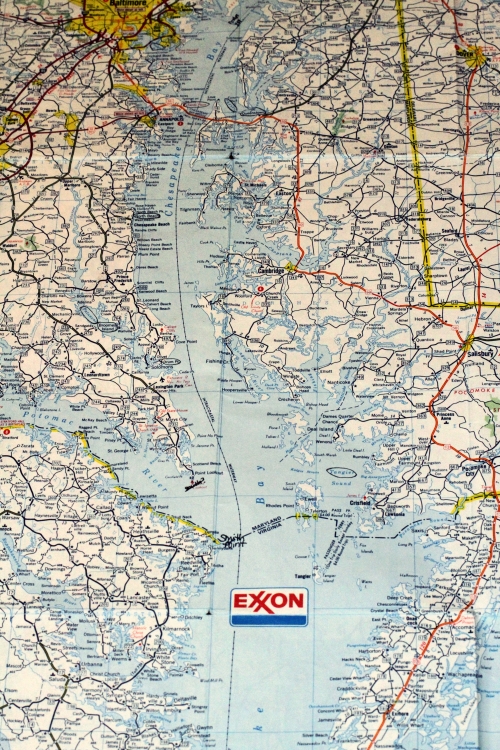
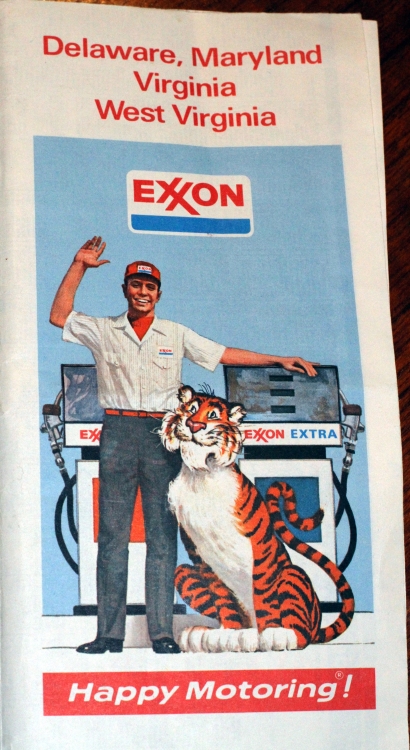

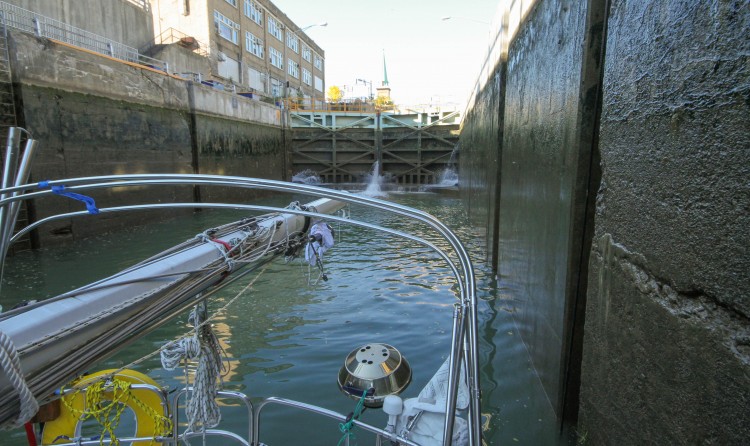 We’ve now transitted 35 locks of the New York State Canal System, through the Erie Canal from Buffalo to Albany, NY, and frankly we are quite happy to be done with elevation change for a while.
We’ve now transitted 35 locks of the New York State Canal System, through the Erie Canal from Buffalo to Albany, NY, and frankly we are quite happy to be done with elevation change for a while.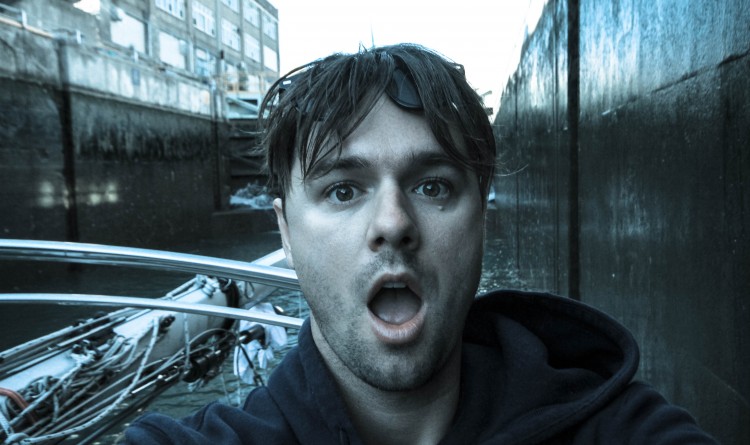 Why are we so relieved to be out? Because going through locks is tiring, tedious and dangerous (more so than we originally thought). Effectively, your boat (along with a few others) will enter a cement chamber ~300 feet long x ~45 feet wide, with gates at either end that close you in, like a caged wild animal. And like a caged animal, your sailboat will not happily sit still in the cage, but rather squirm around as the Lockmaster lets the water in or out, and you will try to hold it in place with boat hooks and the slimy, wet ropes that are attached to the cement walls (you’re going to want to watch out for the aqua spiders that hide on them too, too). During this process, you try not to scrape or slime your boat and also avoid hitting the multi-million dollar power yachts beside you as the water swirls around. It’s stressful, don’t let my smile fool you.
Why are we so relieved to be out? Because going through locks is tiring, tedious and dangerous (more so than we originally thought). Effectively, your boat (along with a few others) will enter a cement chamber ~300 feet long x ~45 feet wide, with gates at either end that close you in, like a caged wild animal. And like a caged animal, your sailboat will not happily sit still in the cage, but rather squirm around as the Lockmaster lets the water in or out, and you will try to hold it in place with boat hooks and the slimy, wet ropes that are attached to the cement walls (you’re going to want to watch out for the aqua spiders that hide on them too, too). During this process, you try not to scrape or slime your boat and also avoid hitting the multi-million dollar power yachts beside you as the water swirls around. It’s stressful, don’t let my smile fool you.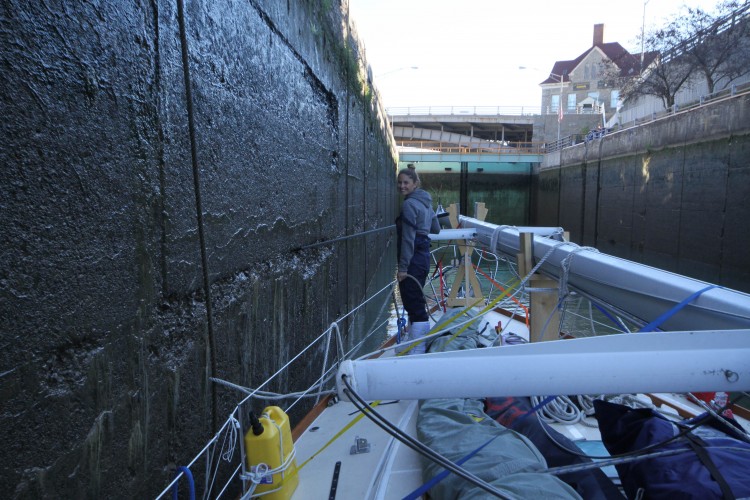 We are happy to say we avoided any collisions or scrapes, but for anyone else planning a similar voyage, here are our 5 top tips for lock success:
We are happy to say we avoided any collisions or scrapes, but for anyone else planning a similar voyage, here are our 5 top tips for lock success: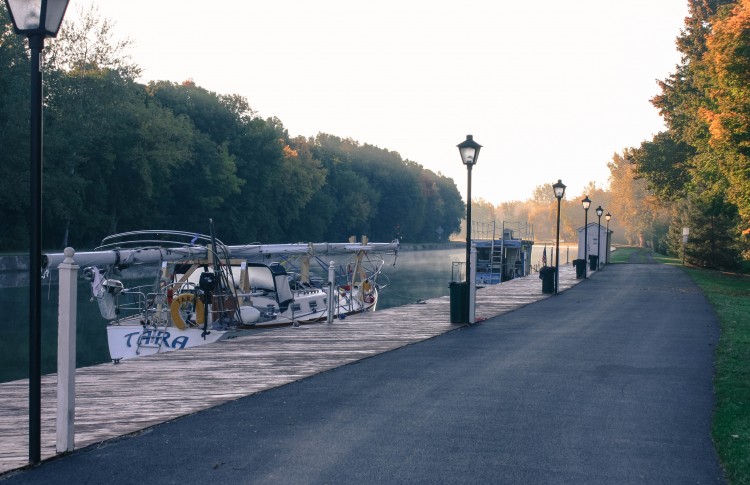 We have almost been en route for a week now, and since we’ve entered the Erie Canal, our days have been filled with the quiet waterways, beautiful greenery and quaint canalside towns of upstate New York. The leaves are just starting to change, and although the evenings and mornings are chilly, the days heat up to sunscreen weather by lunchtime.
We have almost been en route for a week now, and since we’ve entered the Erie Canal, our days have been filled with the quiet waterways, beautiful greenery and quaint canalside towns of upstate New York. The leaves are just starting to change, and although the evenings and mornings are chilly, the days heat up to sunscreen weather by lunchtime.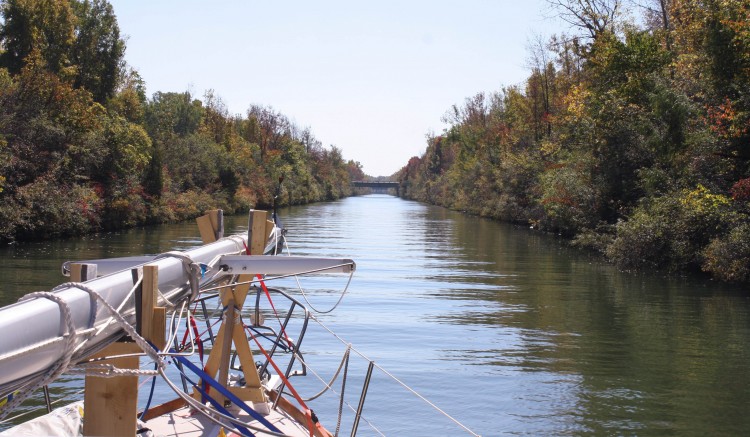
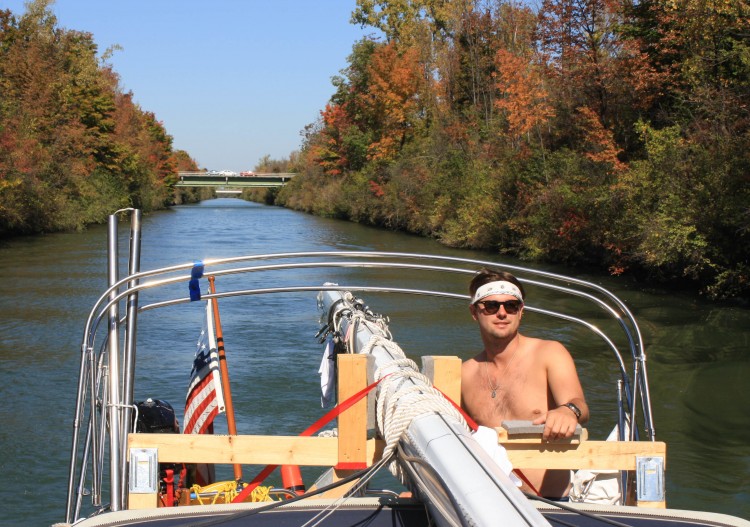

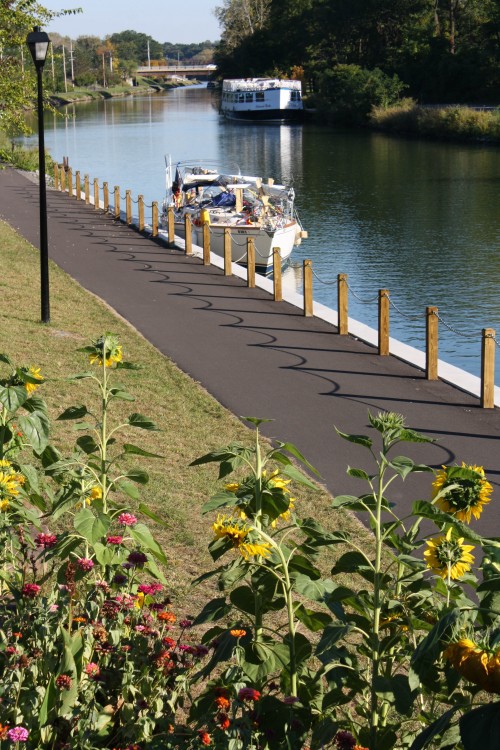
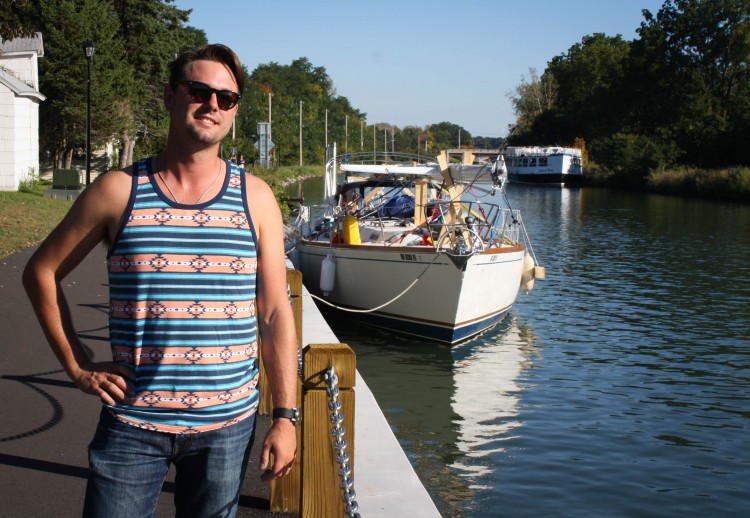 Mark and Tara at the Fairport dock
Mark and Tara at the Fairport dock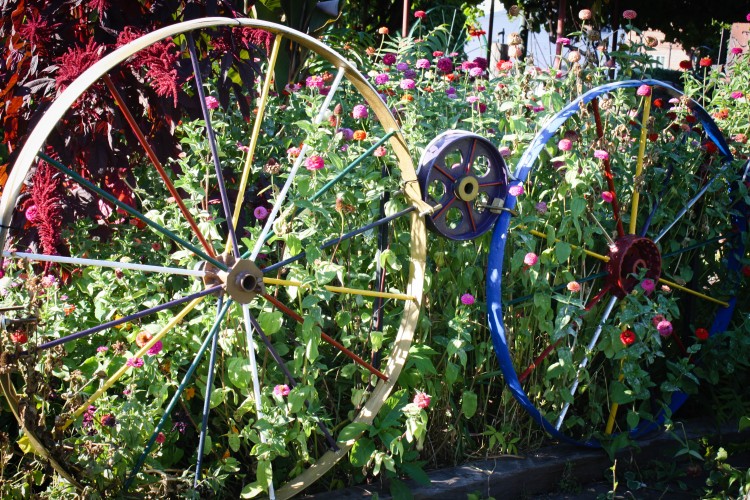 \
\ 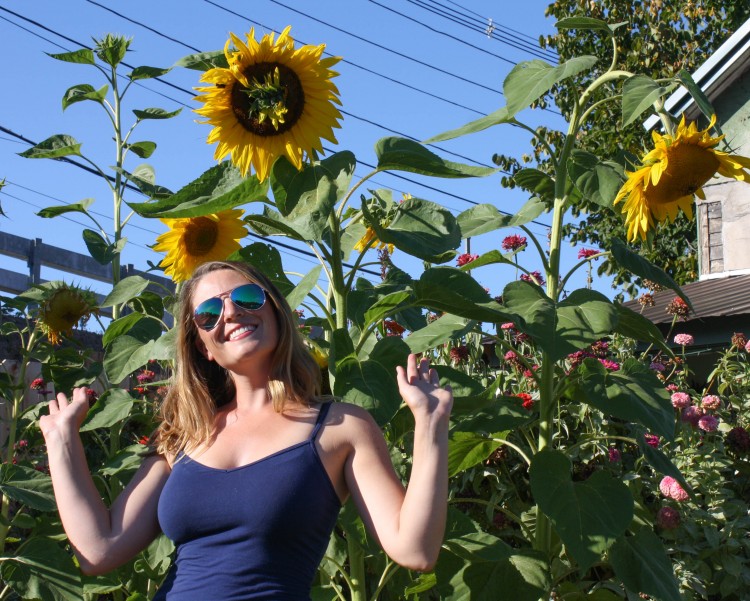
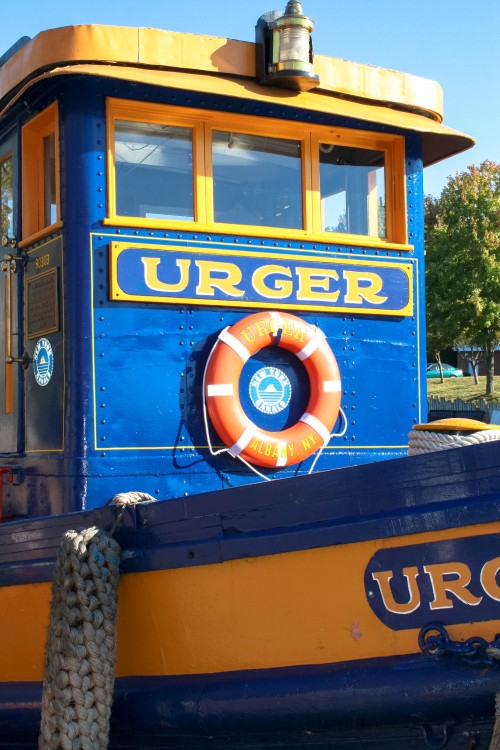
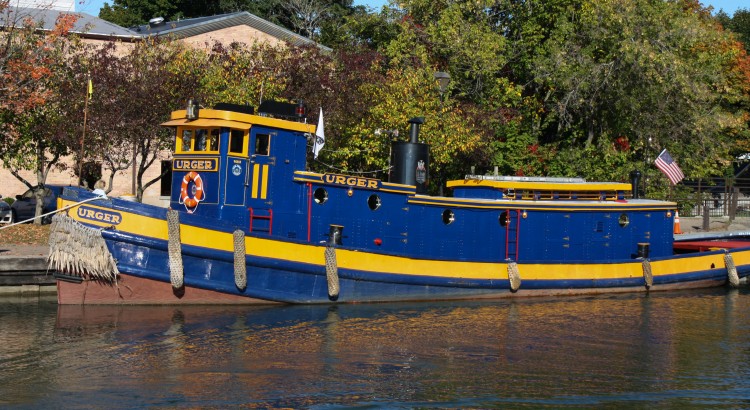
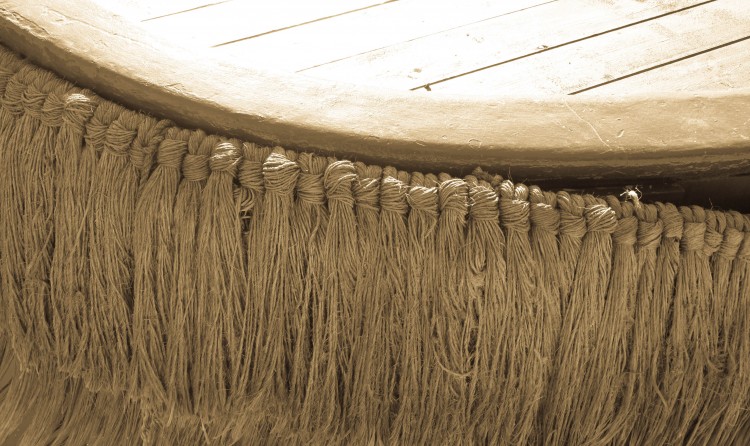
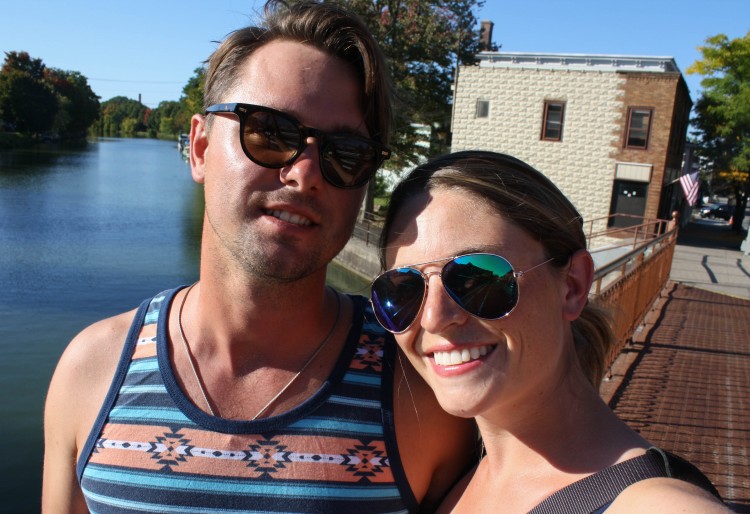
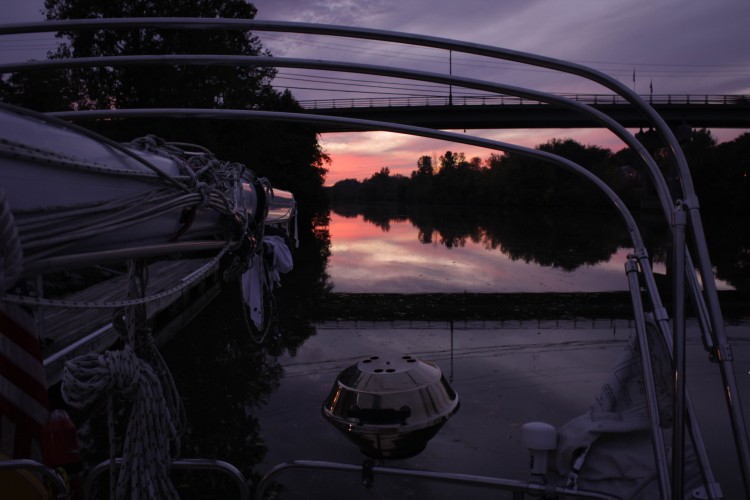 Home sweet home!
Home sweet home!